Technology
The Mimi Award
The Wikipedia entry for MECHANIX ILLUSTRATED tells us:A long-running feature of Mechanix Illustrated was "Mimi," a shapely young woman dressed in skimpy overalls with blue and white vertical stripes; and, in the early sixties, a matching railroad engineer's cap (later discontinued). She was in a picture holding, standing beside, sitting on, lying on or just in the picture with a new product each month. Each "Mimi" held the job for a year. Their names were never given except for the announcement of a new "Mimi" in the January issue. One Mimi did, however, hold the job for a few years in the sixties. An actress from Southern California, she left to live in Hawaii, and a readers' poll was conducted to choose a replacement from a short list. The readers' choice only lasted a short while, and was replaced by one of the runners-up. "Mimi" was discontinued with the change to Home Mechanix.
Ten more Mimi's after the jump.
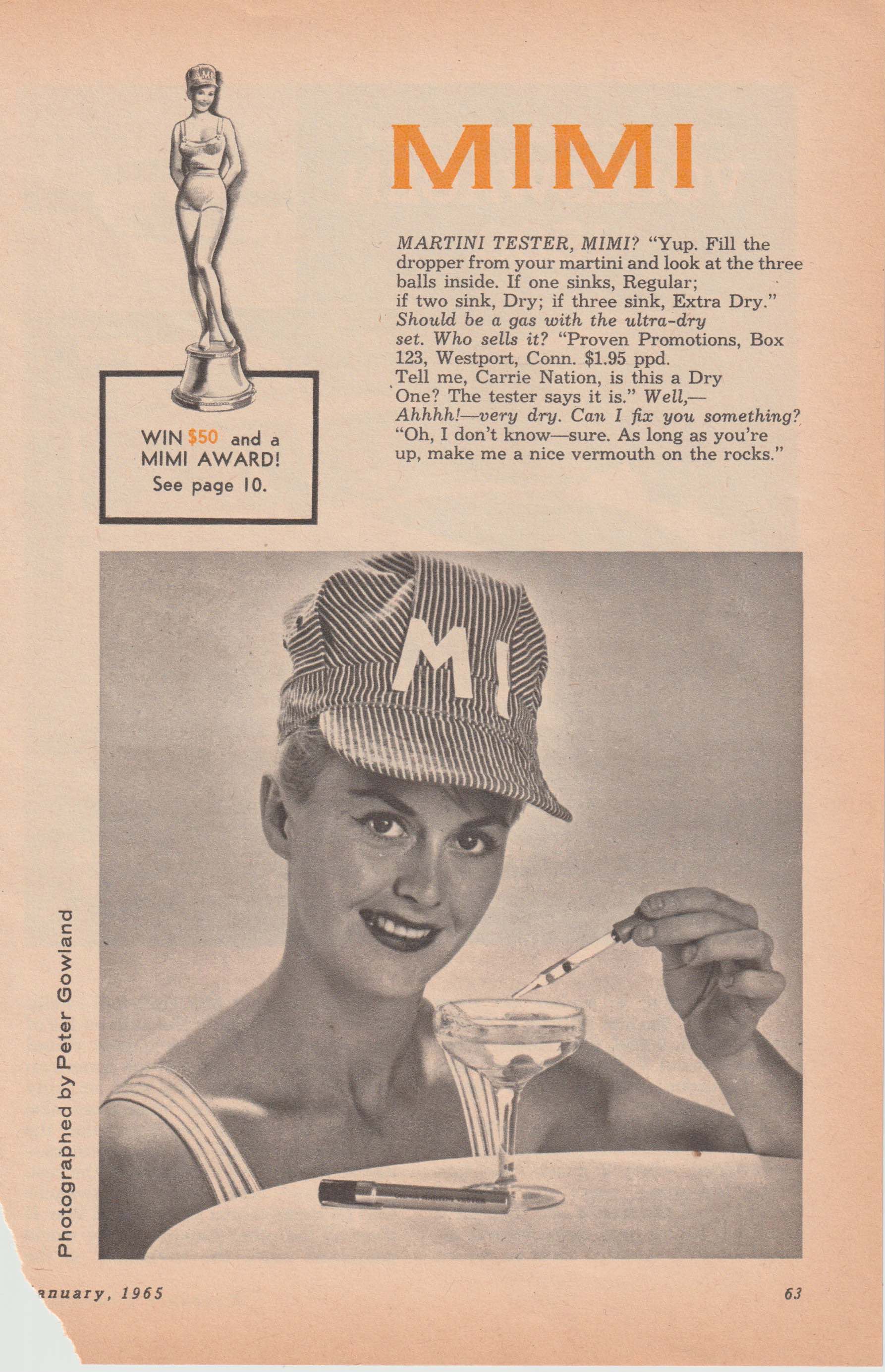
More in extended >>
Posted By: Paul - Fri Apr 09, 2021 -
Comments (3)
Category: Hobbies and DIY, Magazines, Technology, Sex Symbols, Twentieth Century
Mystery Illustration 99
What fairly high-tech product--for 1911--would require such a vast factory?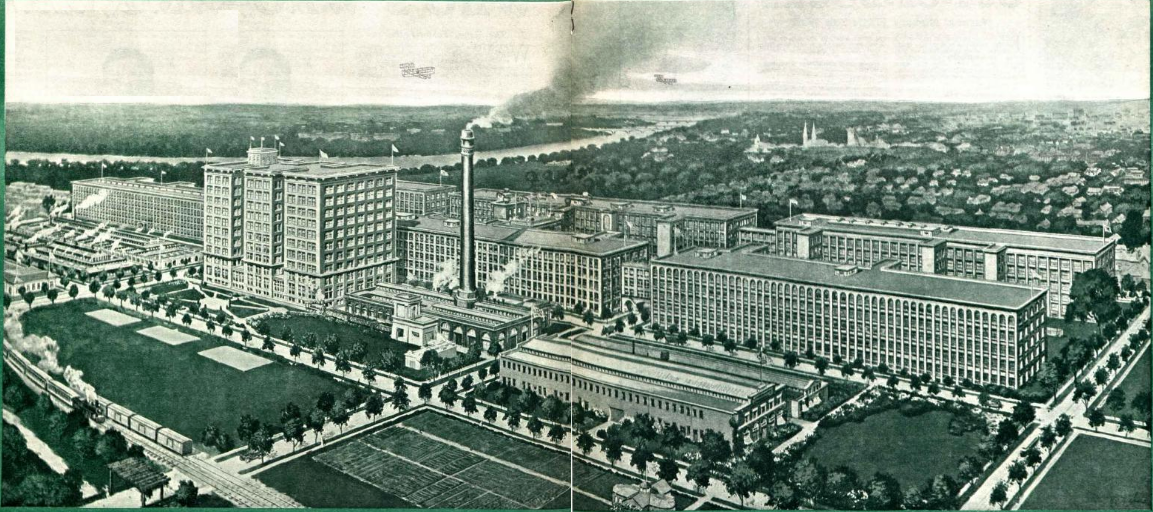
Answer after the jump.
More in extended >>
Posted By: Paul - Thu Apr 01, 2021 -
Comments (2)
Category: Architecture, Buildings and Other Structures, Technology, 1910s
Combined Clothes Hanger and Radio
It's fairly common to use metal clothes hangers to extend the range of a radio's antenna. So John Jerome Spina had the idea of combining the radio and clothes hanger into one. The metal of the hanger would serve as the antenna. He was granted a patent for this invention in 1978.I'm not sure he thought through what would then happen if you hung something on the hanger, such as a coat.

Posted By: Alex - Sun Mar 28, 2021 -
Comments (1)
Category: Inventions, Patents, Radio, Technology, 1970s
Commercial Telegraph Codes
I was randomly browsing old publications online when I ran across this ad. Thinking about the topic of Communication Codes, I found it hard to believe we had never covered it at WU. But apparently not.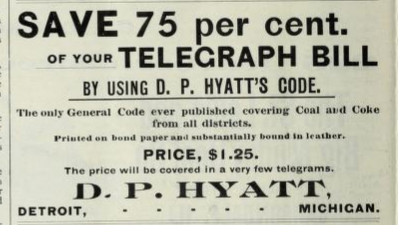
In telecommunication, a commercial code is a code once used to save on cablegram costs.[1]...These codes turned complete phrases into single words (commonly of five letters). These were not always genuine words; for example, codes contained "words" such as BYOXO ("Are you trying to weasel out of our deal?"), LIOUY ("Why do you not answer my question?"), BMULD ("You're a skunk!"), or AYYLU ("Not clearly coded, repeat more clearly.").
Here is a page linking to many digitized volumes.

Posted By: Paul - Tue Mar 02, 2021 -
Comments (0)
Category: Business, Technology, Codes, Cryptography, Puzzles, Riddles, Rebuses and Other Language Alterations, Nineteenth Century, Twentieth Century
The Mechanized Restaurant
British inventor Thomas Maldwyn Lewis and his partners apparently had some expertise in conveyor-belt technology. So they cast about for novel ways to apply this knowledge. What they came up with was the "mechanized restaurant". Their idea was to put diners on a conveyor belt and move them past serving stations. From their 1948 patent:

The inventors argued that this mechanization of the dining experience would "expedite the delivery of meals and enable more meals to be served with the use of a given floor area than is at present possible."
That may be true, but I doubt many restaurant owners would want to invest the money to build one of these, just for the sake of potentially serving a few more meals.
Not to mention the problem of slow eaters. I'm imagining a crowd of diners standing at the end of the conveyor belt, plates in hand, trying to finish their meals.
Posted By: Alex - Sun Feb 21, 2021 -
Comments (2)
Category: Restaurants, Technology, Patents, 1940s
Two Strange Asian Ads
I have no idea what any of this means.
Posted By: Paul - Fri Feb 19, 2021 -
Comments (4)
Category: Technology, Advertising, Asia
Kirby’s Flying Ballet
This is the apparatus that famously caused Mary Martin to fly as Peter Pan.
Wikipedia page for Peter Foy.
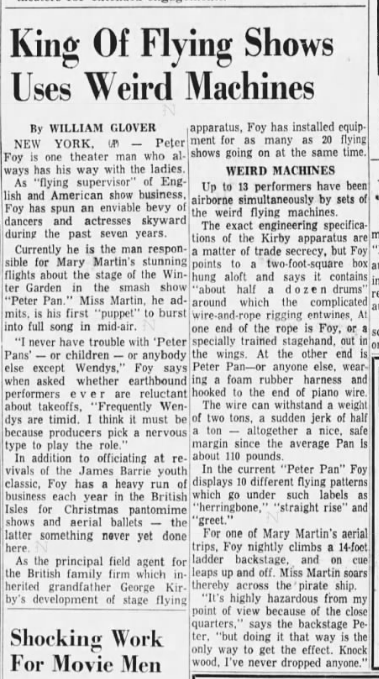
Posted By: Paul - Thu Feb 18, 2021 -
Comments (4)
Category: Technology, Theater and Stage, Special Effects, 1950s, 1960s
The Human Relationship Simulator
This post seemed appropriate for Valentine's Day, since it's about an engineer's attempt to use machine logic to improve the "ambiguities of the woman/man relationship".James F. Hollander was a patent attorney with a degree in electrical engineering. In the late 1970s he invented and patented what he called the "Human Relationship Simulator". It consisted of a box with various dials.
Even after reading his patent, and an article about his invention, I'm not exactly sure how the thing operated. From what I can gather, if a couple were having an argument, or needed to make a decision (such as where to go for dinner), they could both adjust dials on the Simulator, and it would give them an answer. And measure the intensity of their feelings.

Here's more info from a 1977 article in the Asbury Park Press:
Each subject uses dials that represent four areas — compliance with society, attention to own desire, social pressure and personal inclination. The personal inclination and social pressure gauges are intricately detailed to show adamant 'yes' or 'no' responses, or degrees such as strong preference, or very much or some.
Attention to desire is measured in readings of low, medium and high, as is compliance with society.
As the subjects feed this information into the panels, other gauges measure tension, feelings, guilt or pride, emotional independence, like and dislike, and influence, based on each decision.
The machine does the thinking, lights a decision of 'yes' or 'no' and tells the subjects their emotional responses....
In a marriage situation, Hollander said the device could show the individuals why something is going wrong in the relationship if arguments are portrayed and feelings defined.
"I wanted to pick out the ambiguities of the woman/man relationship," he pointed out.

Asbury Park Press - Aug 29, 1977
If that doesn't seem entirely clear, then here's a sample from Hollander's patent:
Posted By: Alex - Sun Feb 14, 2021 -
Comments (0)
Category: Technology, Patents, Psychology, Marriage, 1970s, Love & Romance
Mystery Gadget 92
What's it for?The answer is here.
Or after the jump.
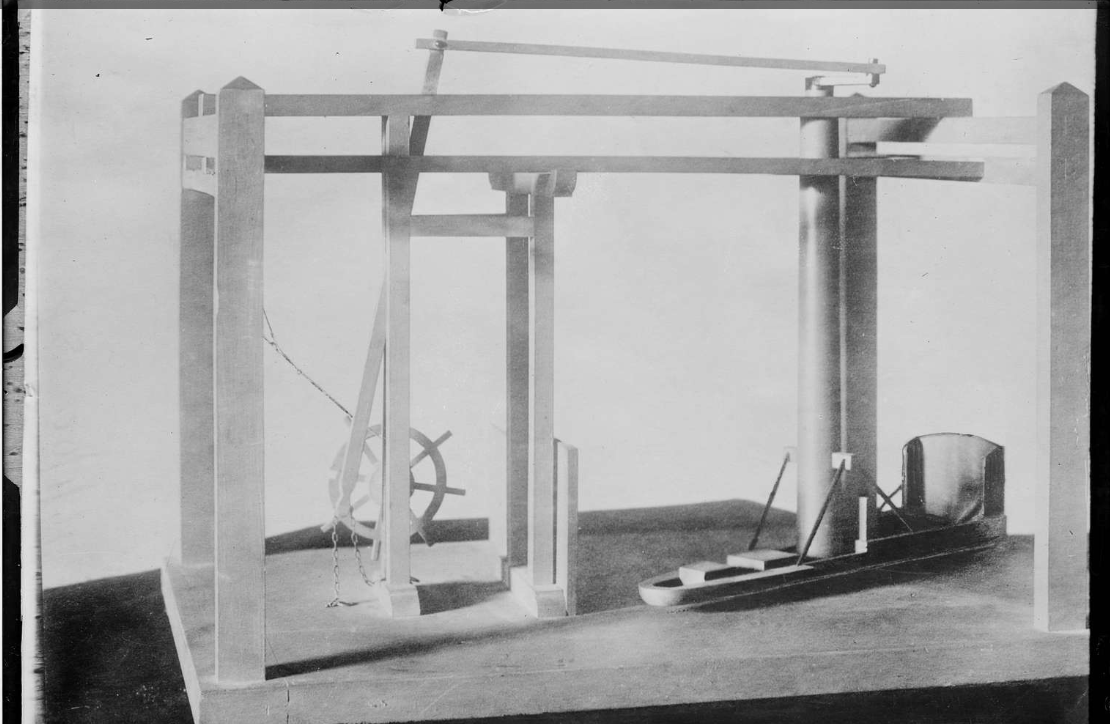
More in extended >>
Posted By: Paul - Mon Feb 01, 2021 -
Comments (5)
Category: Technology
Butler In A Box
Before there was Alexa or Google Voice, there was the Butler In a Box. It was invented in the early 1980s by Gus Searcy, a professional magician, with help from Franz Kavan, a computer programmer. In response to voice commands it could control connected household devices. So, it could operate the lights, turn on the heat, make a phone call, etc.About 9000 of them were reportedly sold. But at around $1500, the gadget was too expensive. Plus, the voice recognition was somewhat buggy. By the early 1990s they were off the market, but there's still some of them for sale on eBay.
More info: Popular Science (Mar 1987), vcfed.org
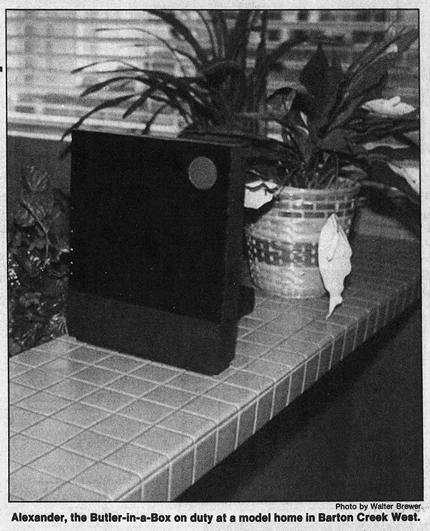
Austin American-Statesman - Aug 6, 1989
Posted By: Alex - Fri Jan 29, 2021 -
Comments (1)
Category: Technology, Computers, 1980s

| Who We Are |
|---|
| Alex Boese Alex is the creator and curator of the Museum of Hoaxes. He's also the author of various weird, non-fiction, science-themed books such as Elephants on Acid and Psychedelic Apes. Paul Di Filippo Paul has been paid to put weird ideas into fictional form for over thirty years, in his career as a noted science fiction writer. He has recently begun blogging on many curious topics with three fellow writers at The Inferior 4+1. Contact Us |




